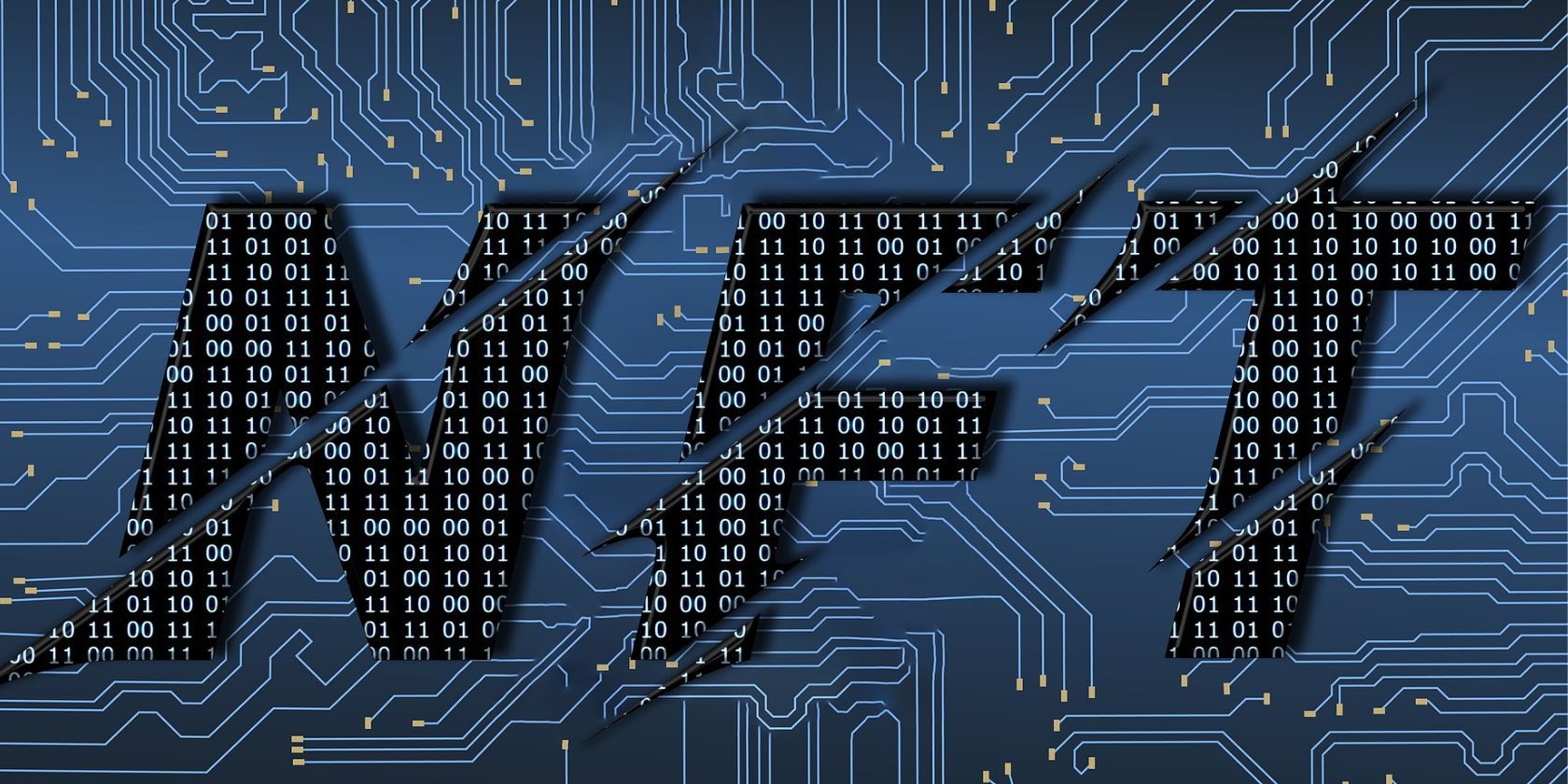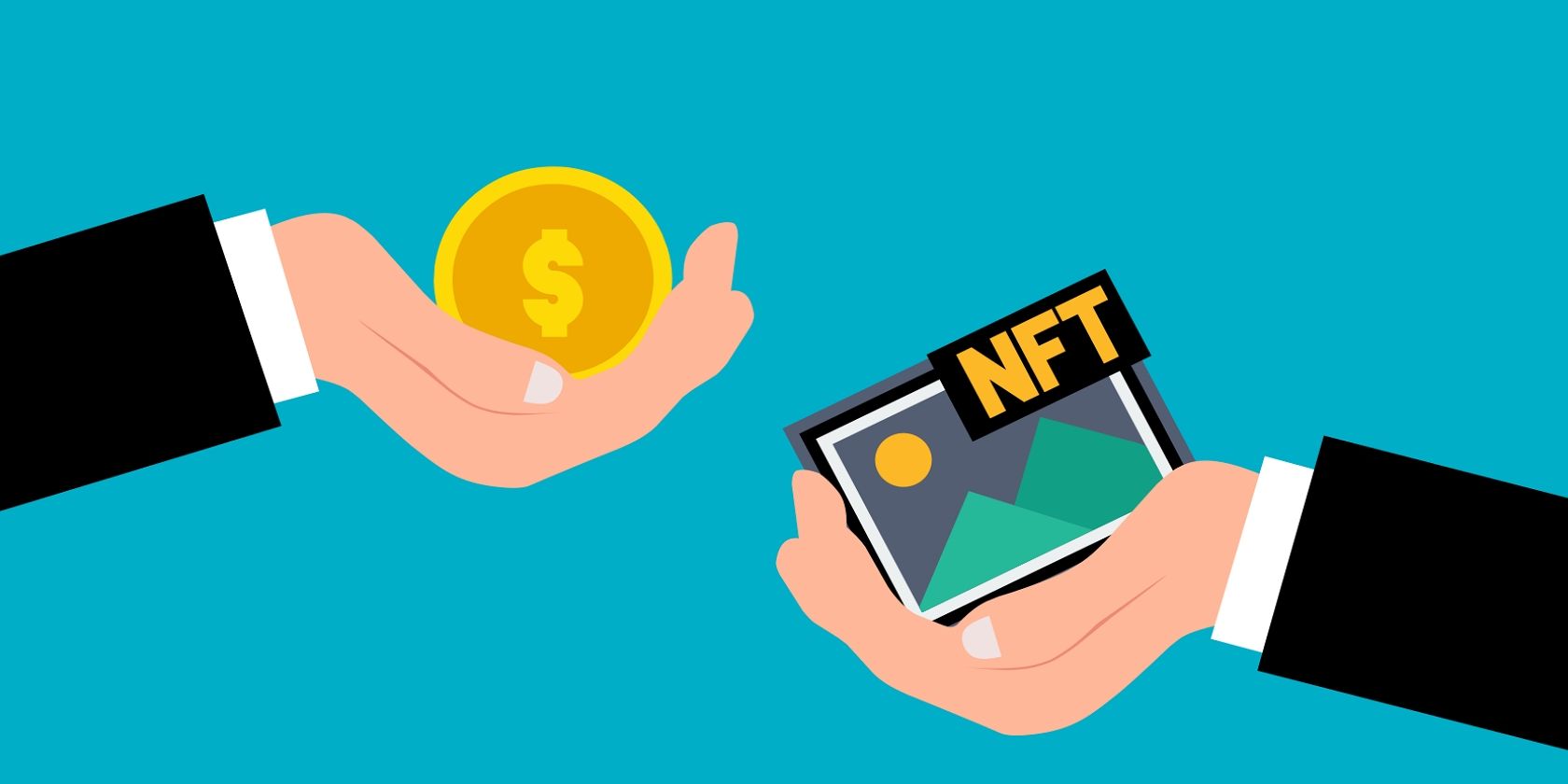Non-fungible tokens (NFTs) are one-of-a-kind digital assets that exist on a blockchain. The unique nature of NFTs makes the demand for them extremely high, resulting in increased prices for NFTs, making them accessible only to high-net-worth investors.This is where fractional NFTs (F-NFTs) come in. Fractional NFTs are a great way to buy into NFTs, as they allow small and mid-tier investors an opportunity to own a piece of an NFT. It is similar to owning shares in a company.Here's a look at fractional NFTs, how they work, and their benefits for investors.
What Is a Fractional NFT?
A fractional NFT (F-NFT) is an entire NFT broken into smaller fragments, allowing several people to claim ownership of a piece of the same NFT. NFTs are fractionalized using a smart contract programmed to generate a predefined number of tokens linked to the original indivisible NFT.
These fractional tokens represent a percentage of ownership for each holder of the NFT. The tokens can be exchanged or traded on NFT-supported exchanges.
How Does NFT Fractionalization Work?
The majority of NFTs currently exist on the Ethereum blockchain, using Ethereum's ERC-721 standard. The first step in fractionalizing an NFT is locking it in a smart contract, a script on the blockchain that is programmed to automatically produce a specific result when predetermined conditions are met.
The smart contract splits the ERC-721 NFT token into multiple fragments in the form of ERC-20 tokens based on preset conditions. The smart contract outlines the total number of ERC-20 tokens to be produced, their base price, attributes, metadata, and other unique properties. Each ERC-20 token represents a partial stake in the ownership of the whole NFT. Fractions are typically put on sale at a fixed price for a period or sold out immediately after they are created.
Imagine an iconic painting that has been made into an NFT with a set price of $100 million. Only a few investors would be able to afford it. Using a smart contract, the same NFT can be fractionalized into 20,000 ERC-20 tokens. This will make it possible to own a fraction of the iconic painting for just $5,000 a piece, which is much more affordable and will attract a bigger pool of investors.
Fractionalized NFTs are not limited to the Ethereum blockchain alone. Fractionalization can be done on any blockchain that supports NFTs and smart contracts. For example, blockchains such as Solana (SOL), Polygon (MATIC), and Cardano (ADA) all support the creation of NFTs. These networks have the added benefit of lower gas fees and faster transaction speed.
What's the Difference Between Fractional NFTs and Traditional NFTs?
Fractionalized NFTs provide investors with ownership of a fraction of a whole NFT. The difference between a fractionalized NFT and a whole NFT is clear—an NFT is a complete piece, while fractionalized NFTs are fractions of a whole NFT.
It is key to note that the fractionalization process can be reversed, and a fractional NFT can be converted back into a whole NFT. A buyout option is typically included in the smart contract that fractionalizes an NFT. This gives the original owner of the NFT or a fractionalized NFT investor the ability to purchase all the fractions and get back the original NFT.
Buyouts occur via a buyback auction. This auction can be triggered by transferring a specific number of ERC-20 tokens of a fractionalized NFT to the smart contract. This buyback auction runs for a fixed period, allowing other fractionalized NFT holders to make a decision. F-NFT holders will have to outbid the potential buyer to hold on to their fractions. If the buyout is successful, all fractions are automatically sent back to the smart contract, and the buyer gets full custody of the NFT.
How to Access a Fractional NFT?
The growing acceptance of F-NFTs has seen the rise of dedicated platforms where investors can purchase and create fractionalized NFTS.
- Otis allows individual investors to buy fractional ownership in NFTs and other digital assets. Investors can buy fractional NFTs, manage their portfolios, and trade their assets in real-time via the platform.
- Unicly combines NFTs and decentralized finance (DeFi) to give investors an all-in-one platform to create, fractionalize and trade NFTs. Unicly claims to offer guaranteed liquidity for assets on its platform with the ability to own a piece of multiple NFTs. The platform is also compatible with different NFT standards. Investors can earn UNIC, the platform's native token, by providing liquidity and staking their NFTs.
- Fractional allows investors to buy, sell, and mint fractions of NFTs. It offers fractional ownership for some of the most in-demand NFTs. Fractional actively promotes community building and NFT utility around popular NFT collections.
Benefits of Fractional NFTs
One of the most beneficial aspects of F-NFTs is offering investors the opportunity to own a portion of a larger and more expensive NFT. F-NFTs provide a useful investment option, and in some cases, the holders may gain governance rights on the NFT platform. It also provides faster inclusion and active participation in the booming NFT industry.
Other benefits include:
- Making NFTs More Accessible: The outrageous prices of some NFTs exclude most categories of investors from being able to afford them. Fractionalization lowers ownership costs and makes NFTs accessible to a wide range of investors. In addition, investors can benefit from price rises of an NFT, as this automatically reflects on all of its fractions proportionally.
- Price Discovery: Price discovery is how the market determines an asset's optimal price. Usually, new NFTs are difficult to price because they have little transaction history. Fractionalization makes pricing easier, as the multiple fractions can be put into the market for active bidding. This helps to establish prices based on market demand quickly.
- Increased Liquidity: The most defining feature of NFTs is their one-of-a-kind nature. This unique trait impacts access to NFTs, especially prized ones. F-NFTs solve the NFT liquidity challenge through the ERC-20 tokens, which can easily be traded on secondary markets. Investors can purchase several fractions of an NFT immediately and trade them rather than wait for weeks or months to sell a whole NFT.
Fractional NFTs Level the NFT Playing Field
Fractional non-fungible tokens (NFTs) are a great way to get started with NFTs because they are simple to understand, affordable, and exist on major blockchains. You can purchase as little as one-tenth of an NFT, diversify your portfolio and take advantage of the potential upside in the space.
​The information on this website does not constitute financial advice, investment advice, or trading advice, and should not be considered as such. MakeUseOf does not advise on any trading or investing matters and does not advise that any particular cryptocurrency should be bought or sold. Always conduct your own due diligence and consult a licensed financial adviser for investment advice.


